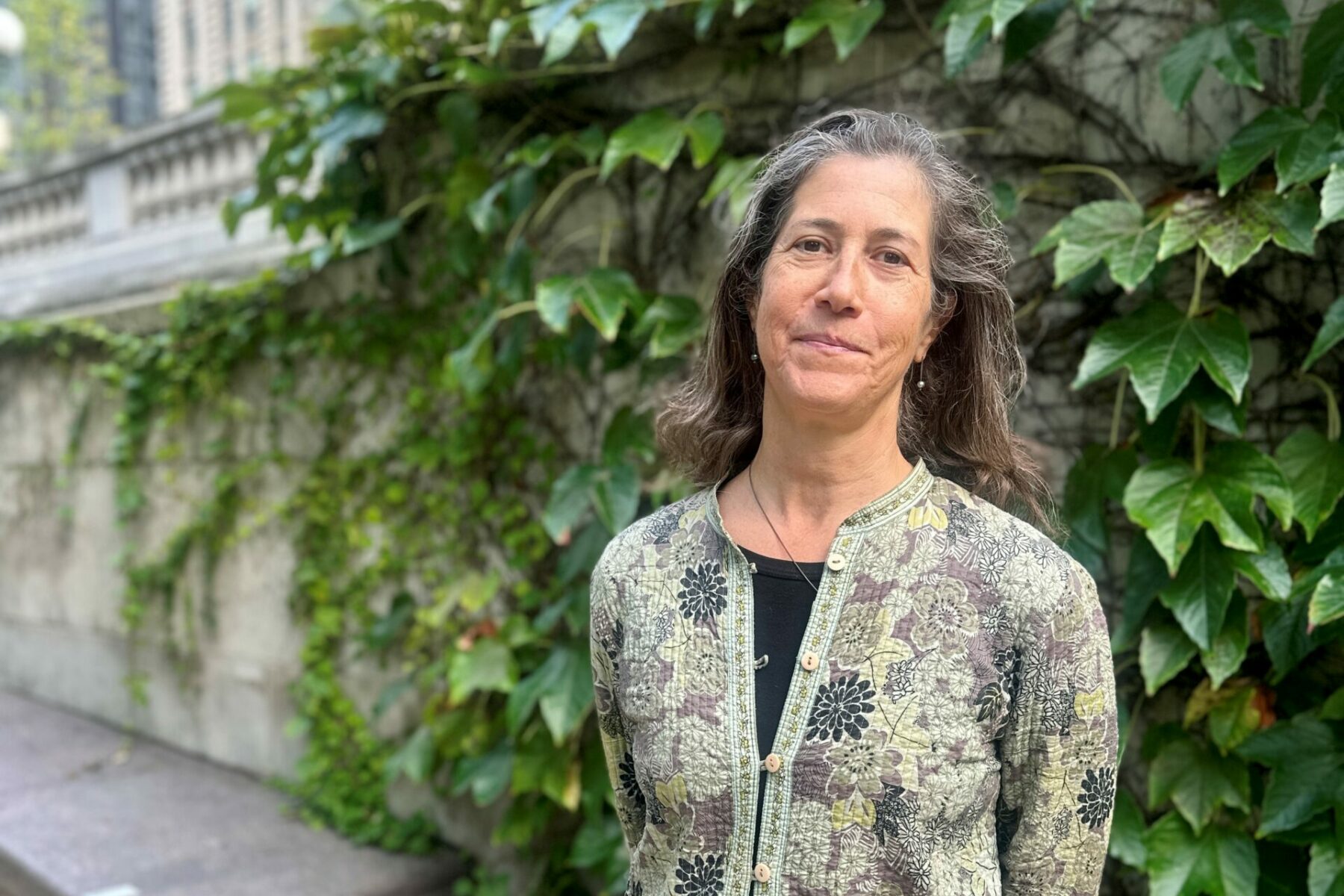Jane Byrne Interchange, Chicago
July 23, 2021
Smooth, bumpy, and rough roads to clean cars
The road to clean car standards has had its ups and downs. Hopefully the next round will set us on a smoother path to reduce transportation emissions.
The climate crisis is playing out across the US and the globe this summer — from record-breaking wildfires to intense drought, blistering heat in some places and torrential rains causing flooding in others. We urgently need to act on climate, and with transportation the leading source of US climate pollution – we have a lot of work to do. If the US EPA and Department of Transportation stick to the schedule President Biden set out in his January 20th Executive Order, we should see how this administration proposes to tackle a big part of that problem – tailpipe pollution from our cars and light trucks – by the end of this month.
As I await this proposal, intended to undo the damage the Trump administration wrought on clean car standards and lay the foundation for even stronger standards ahead, a little tune I learned from a neighbor when my daughter was a baby popped into my head. It’s one of those songs you can sing and bounce your baby up and down to and make them giggle. Here’s a short version and if you have a baby to bounce you can learn the song here:
“Smooth roads, Smooth roads, Smooth roads to London town. Some are up and some are down. Smooth roads to London town. But by and by we came to a wood, and there the roads are not so good. Bumpy roads, bumpy roads, bumpy roads to London town. But by and by we came to the dell, and there the roads are not so swell. Rough road, rough roads, rough roads to London town.”
Maybe the smooth roads, bumpy roads, rough roads theme resonates because getting strong clean car standards in place has been quite a ride. In 2012, the Obama administration, with support from the auto industry, environmental and health groups, set standards for new vehicles that put us on a path to doubling fuel economy and cutting climate pollution in half between 2017 and 2025. Getting to that point of progress in 2012 was its own bumpy road, but we should have been on a smooth road to cleaner cars through 2025, setting us up for even stronger standards after.
Within days (maybe hours) of President Trump taking office in 2017, the auto industry rushed to the White House to beg for weaker standards. And then the road to clean cars got very rough. While it took some time (because doing the wrong thing isn’t easy), the Trump administration issued two rules – both intended to block progress on climate action.
The first, the SAFE Part 1 Rule from the EPA went after California’s authority to set strong tailpipe pollution standards (a program 14 states have adopted) and then the SAFE Part 2 rule weakening standards for new vehicles through 2026. You can check out both rollbacks – the Safer Affordable Fuel Efficient (SAFE) rules here. Oh, and the baby I sang about smooth and rough roads to, grew up to testify against the Trump administration’s attack on climate action!
So far, the Biden administration has issued a proposed rule to restore California’s authority to implement its own greenhouse gas tailpipe program. ELPC testified in support of this step in both testimony and comments.
But, whether we go back to smooth roads toward cleaner cars, or not, will depend on what the Biden administration plans to do with the actual standards for both greenhouse gases and mileage. Which model years will their standards will cover? And critically, what they will direct automakers to do when it comes to putting fuel-saving and pollution-cutting technology to work? With climate havoc playing out in dramatic fashion across the country, strong standards are necessary and they must kick in as soon as possible – for model year 2023 vehicles – so that we minimize the damage of the Trump attack and put the industry on the right trajectory.
On July 8th, ELPC had an opportunity to tell the White House that we cannot afford for the administration to be weak or to accommodate the auto industry which dragged down the 2012 standards. We know the end goal must be a fast transition to electric vehicles, transit, rail, and safe streets for active zero-emissions options, but between now and then we cannot afford to let the auto industry off the hook. They must quickly put common-sense fuel saving technology on their top-selling, and still gas-guzzling trucks, which will be on the road and polluting for more than a decade. Our friends at ACEEE have a helpful look at what the administration should and SHOULD NOT do.
Stay tuned for an update on what the Biden EPA and DOT propose. We hope it meets the climate moment so we can see smooth roads ahead for a cleaner transportation future.


